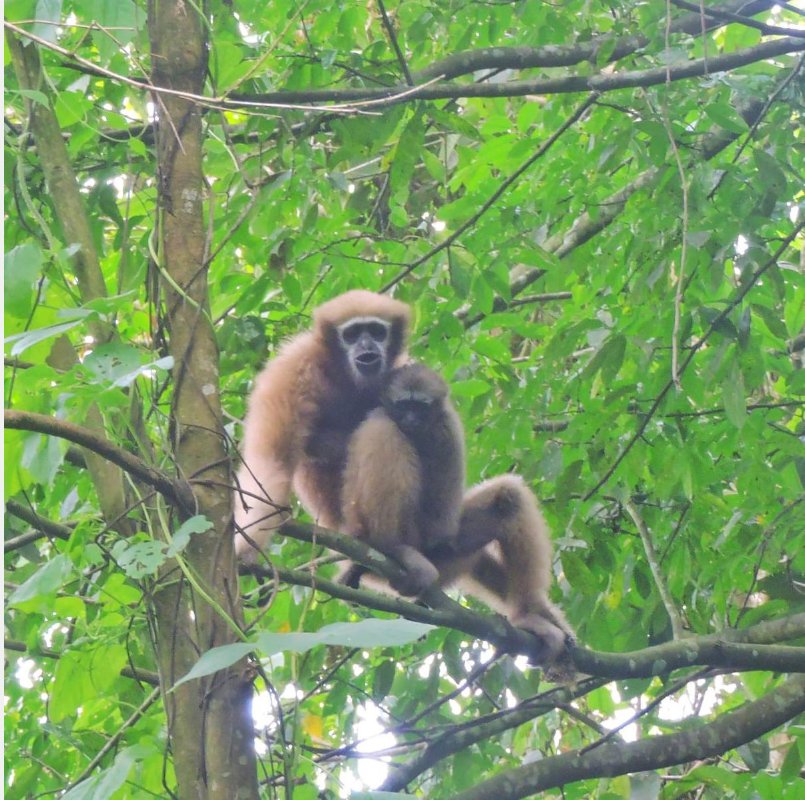Free Courses Sale ends Soon, Get It Now


Free Courses Sale ends Soon, Get It Now



Disclaimer: Copyright infringement not intended.
Context
Hoolock Gibbon
Distribution and Habitat
Threats
Conservation Efforts to be taken
Conservation Status
|
Global Gibbon Network (GGN)
|
|
PRACTICE QUESTION Consider the following statements about Hoolock gibbon: 1. The species is included in the schedule 1 of the Indian (Wildlife) Protection Act 1972. 2. Out of the 20 species of gibbons found on earth, It is the only ape species found in India. Which of the statements given above is/are correct? A. 1 only B. 2 only C. Both 1 and 2 D. Neither 1 nor 2 Answer: (C) |
© 2024 iasgyan. All right reserved